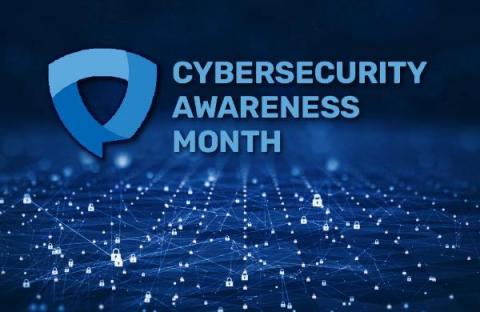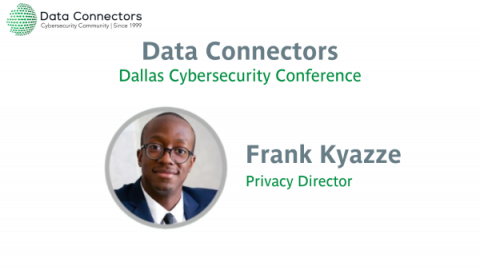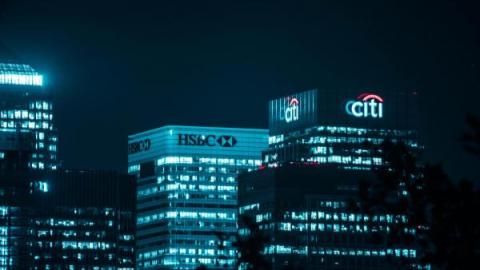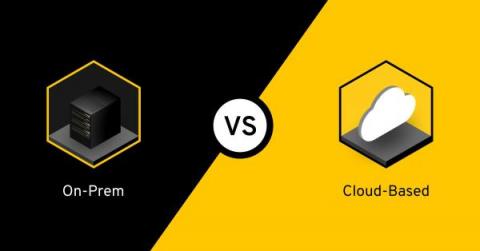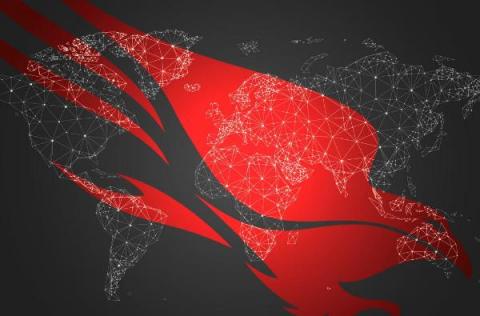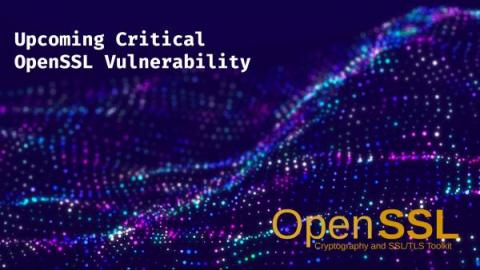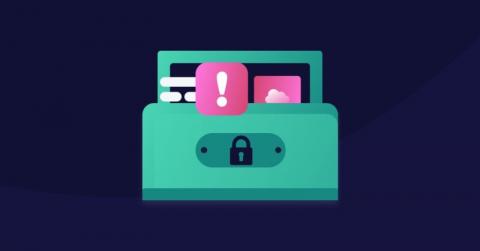It's Cybersecurity Awareness Month-So Let's Talk Automation and Home Security
At this point, anybody in the IT world would have to be living in a cave in the wilderness to not know that October is Cybersecurity Awareness Month. (And since there’s no Wi-Fi in wilderness caves, that scenario is admittedly unlikely.) This week, I wanted to take a closer look at a couple topics, one for work and one at home.


